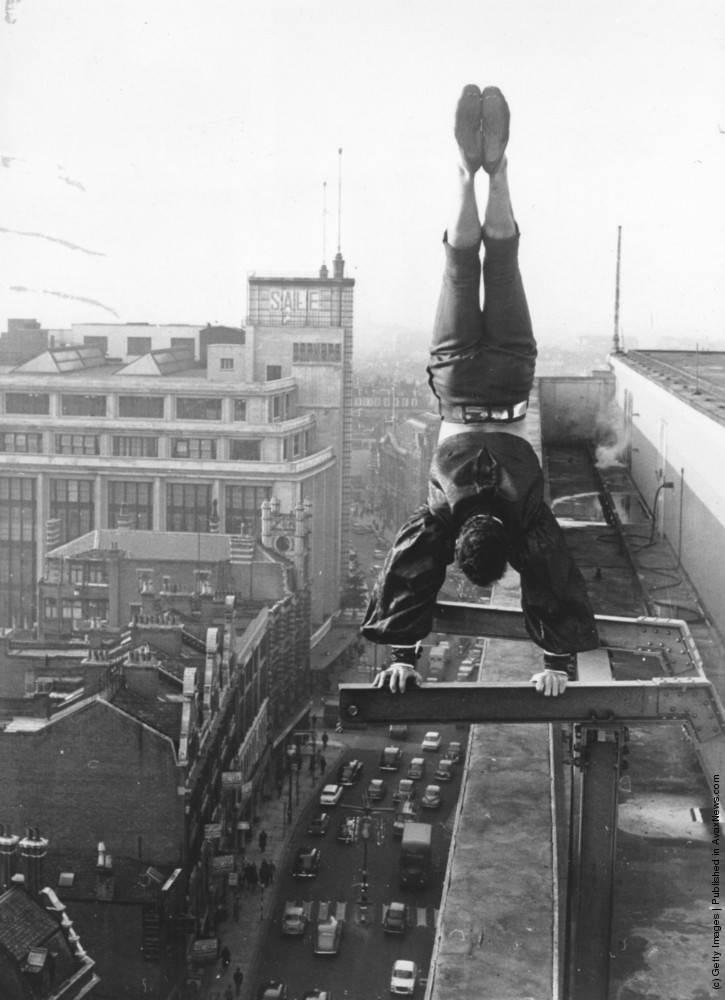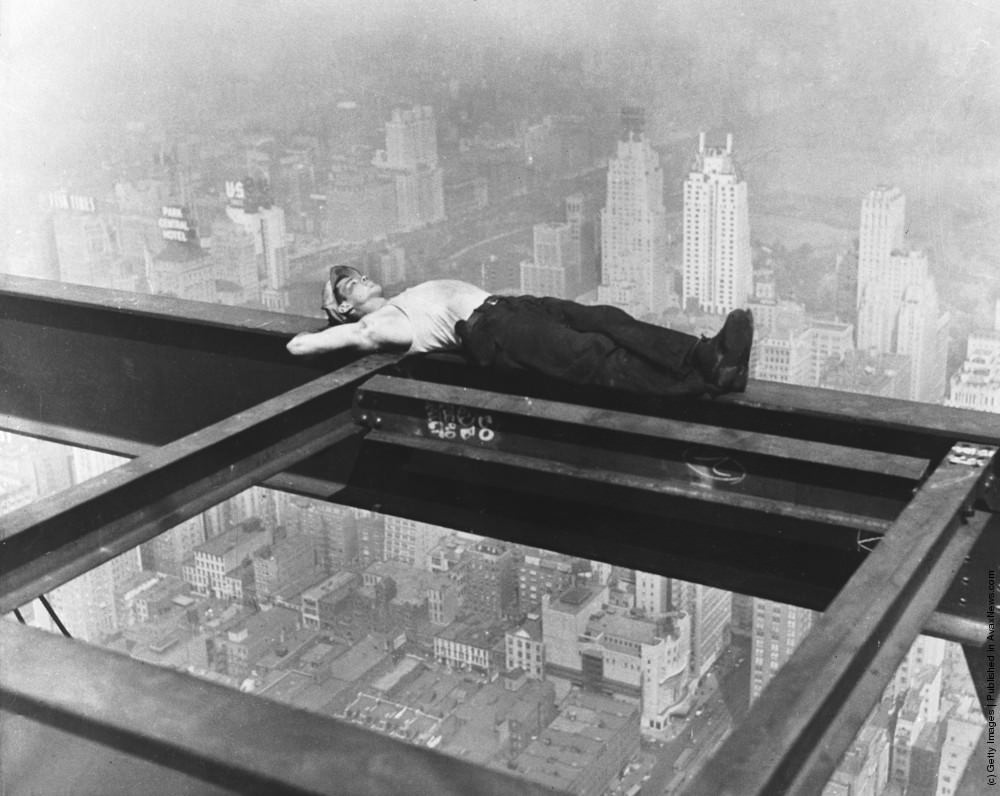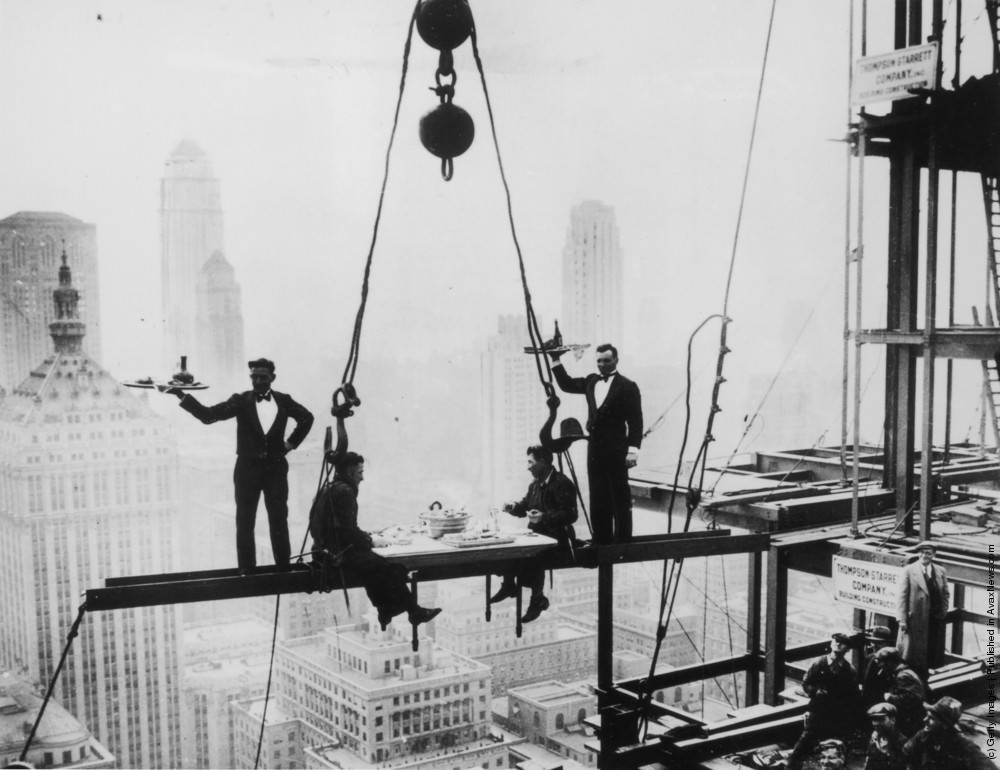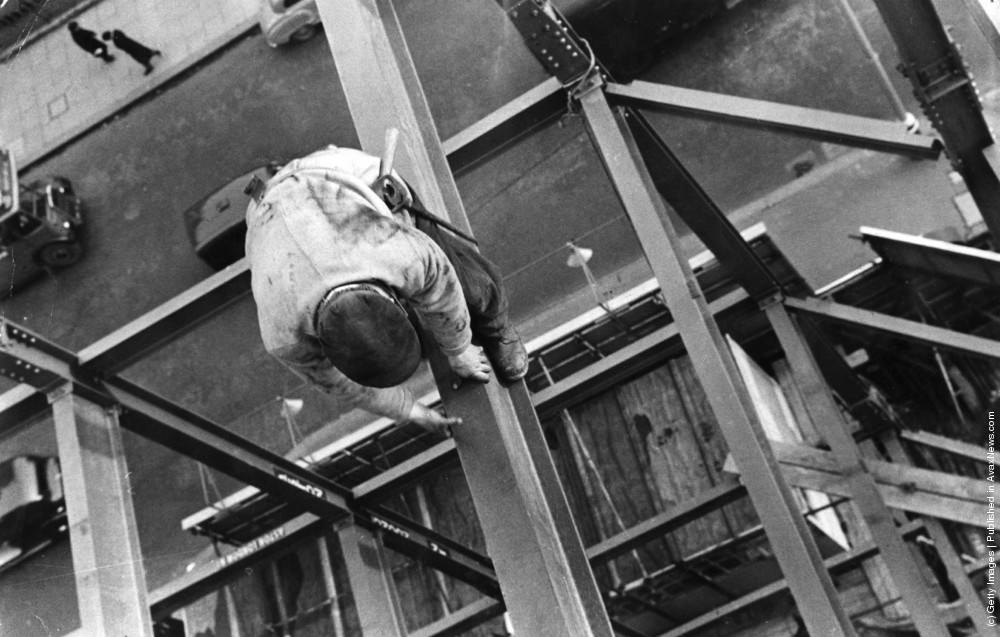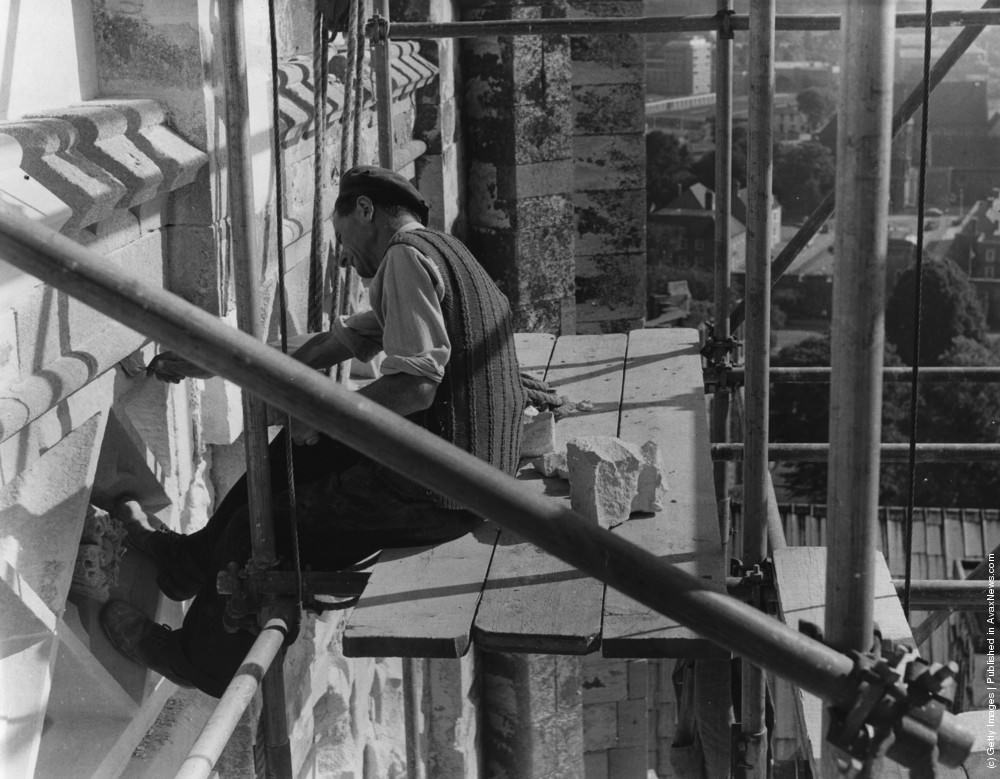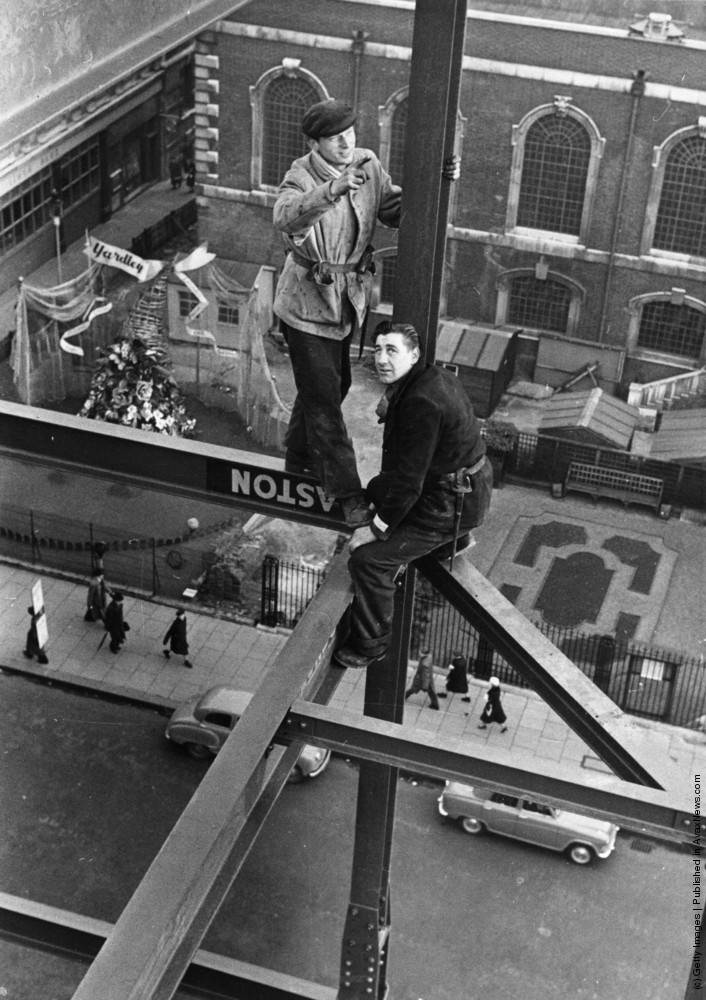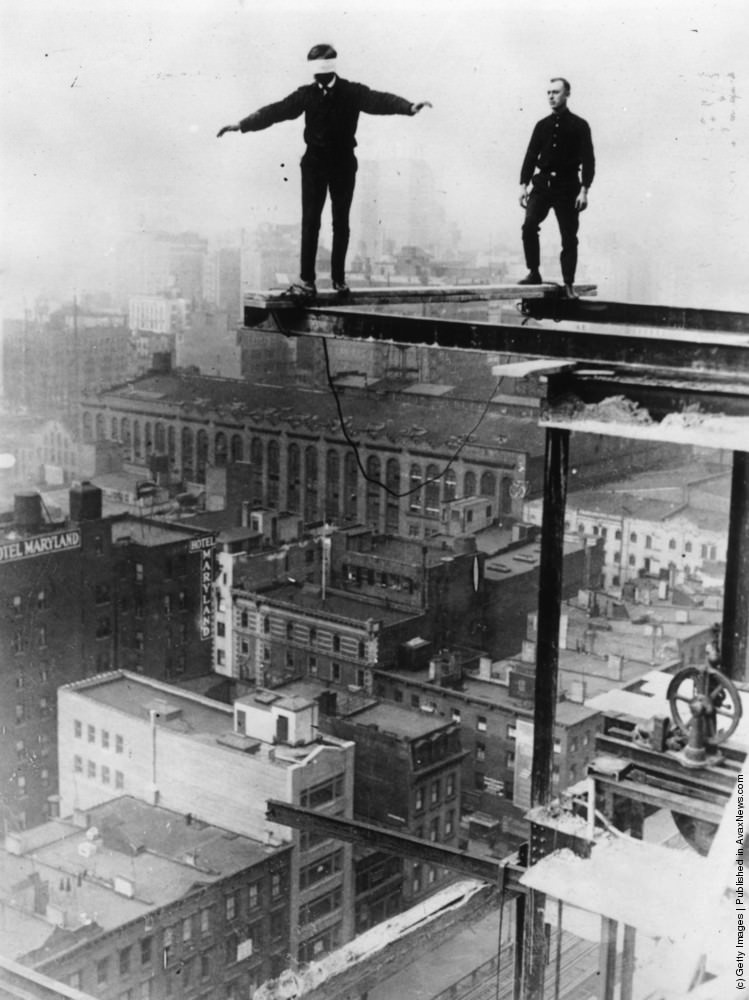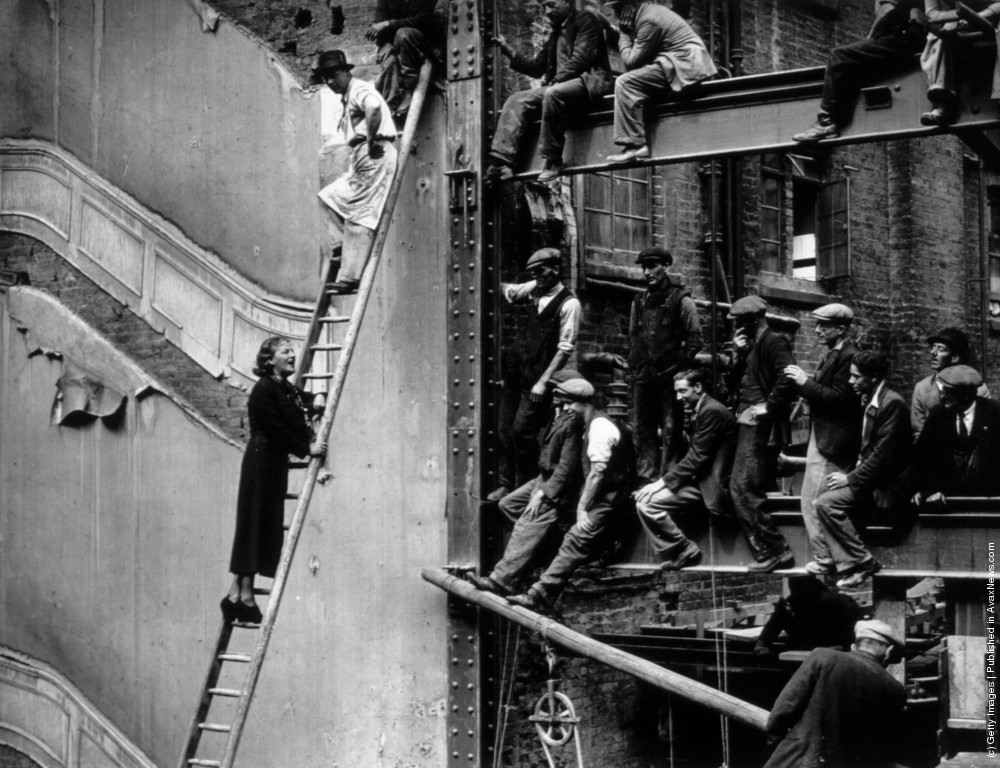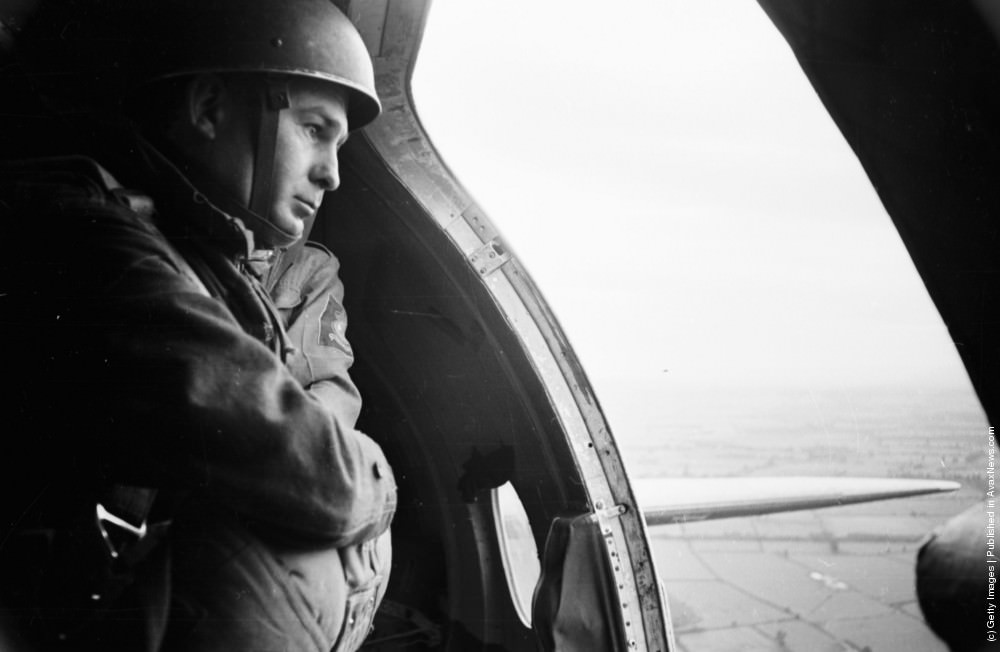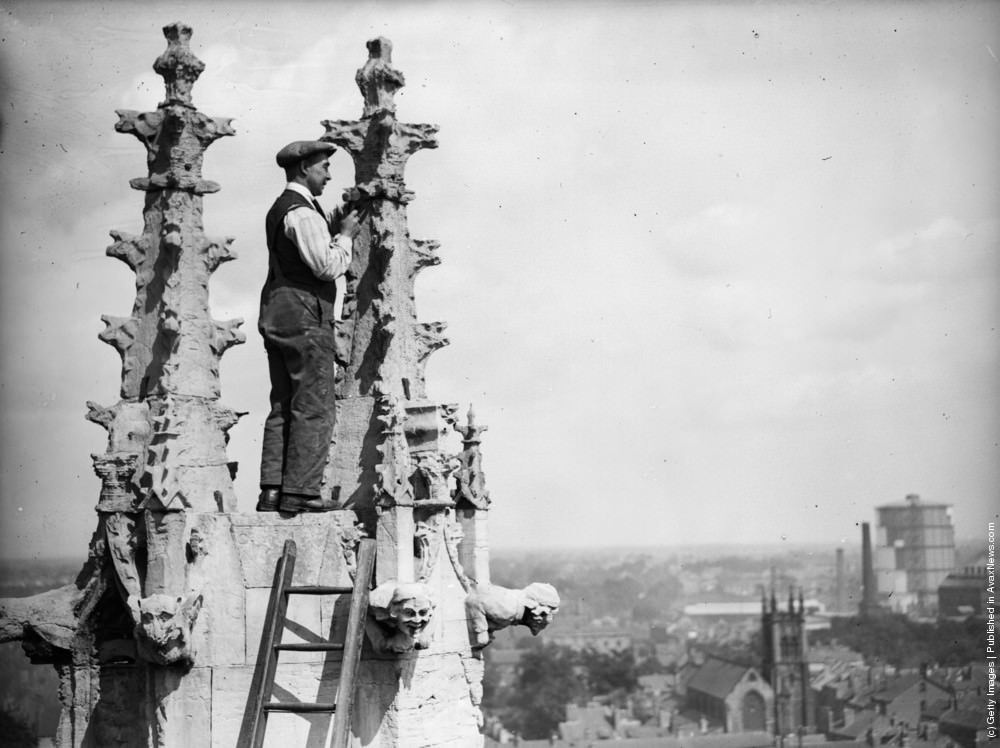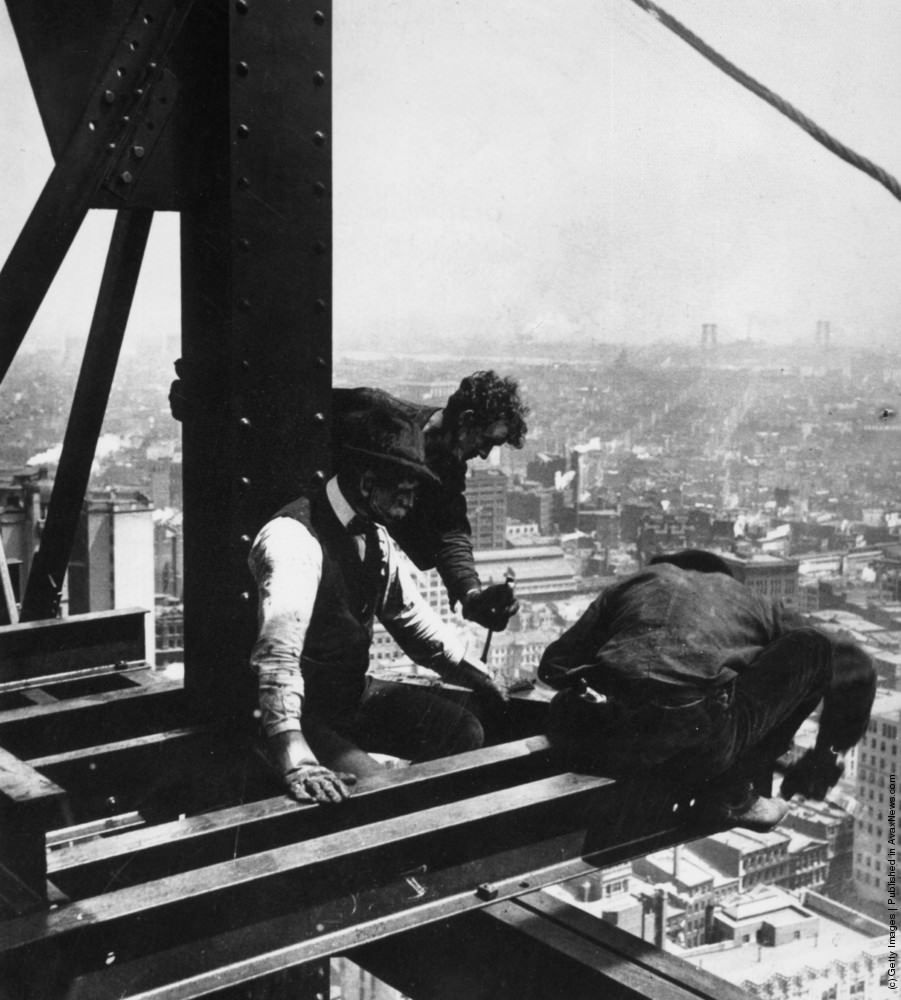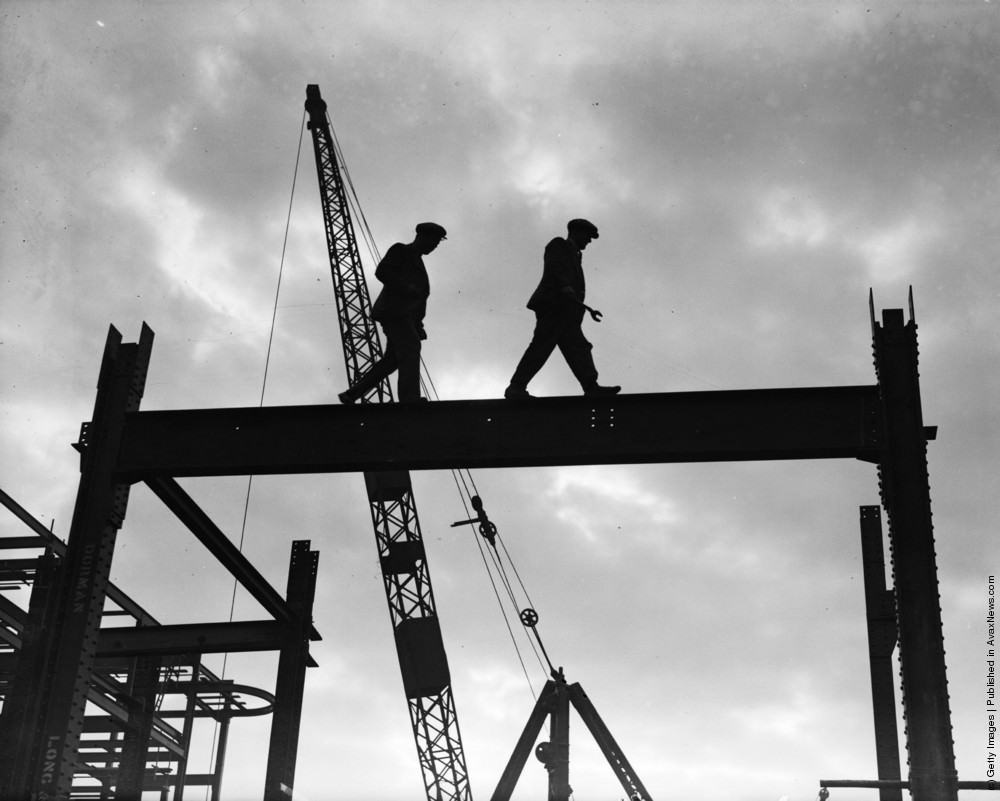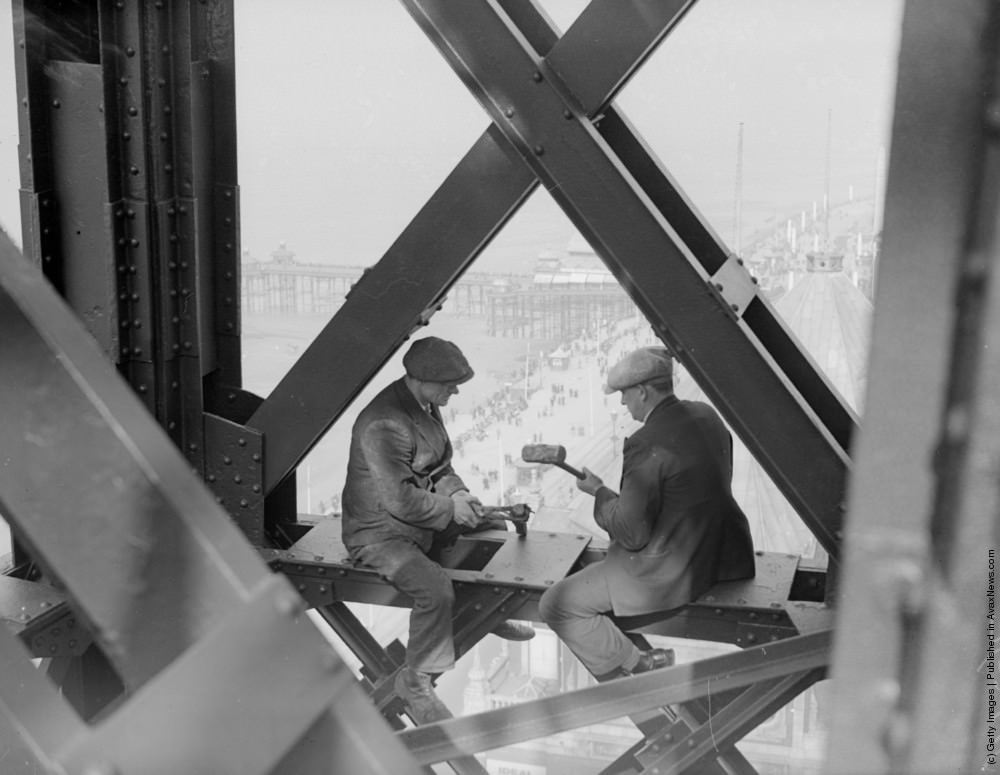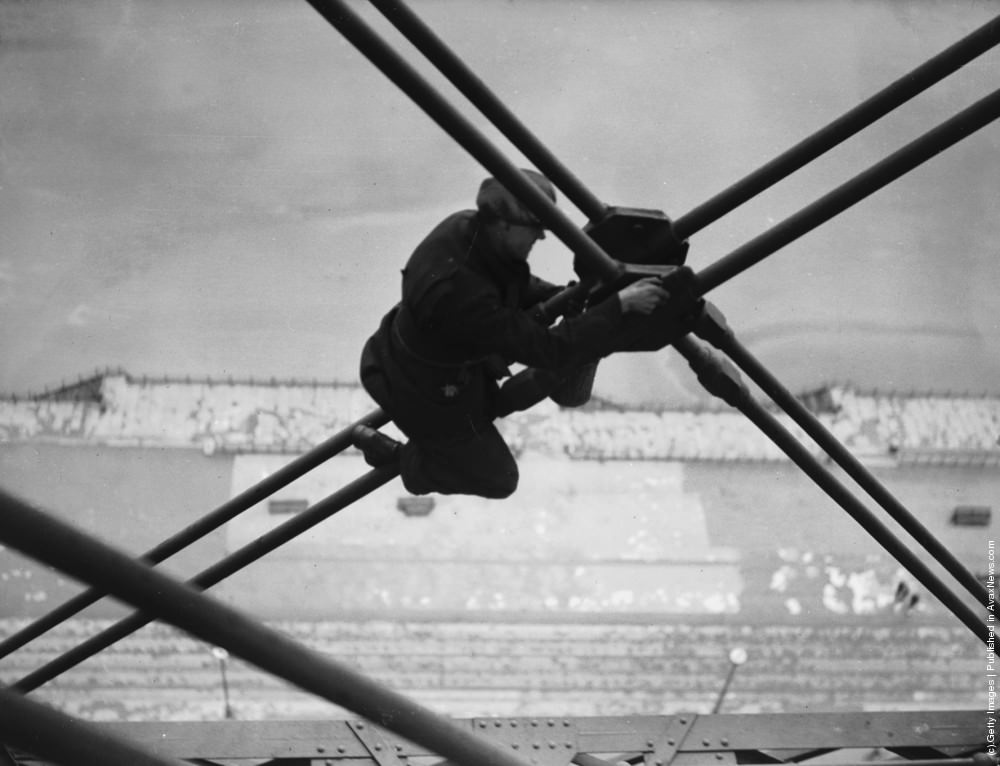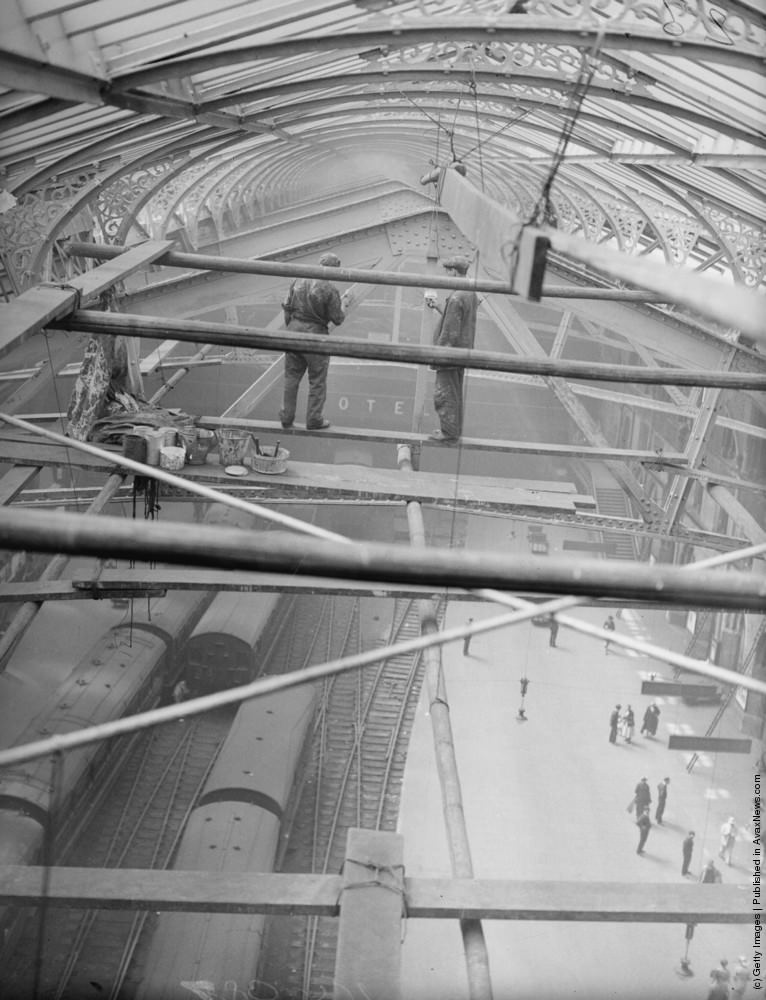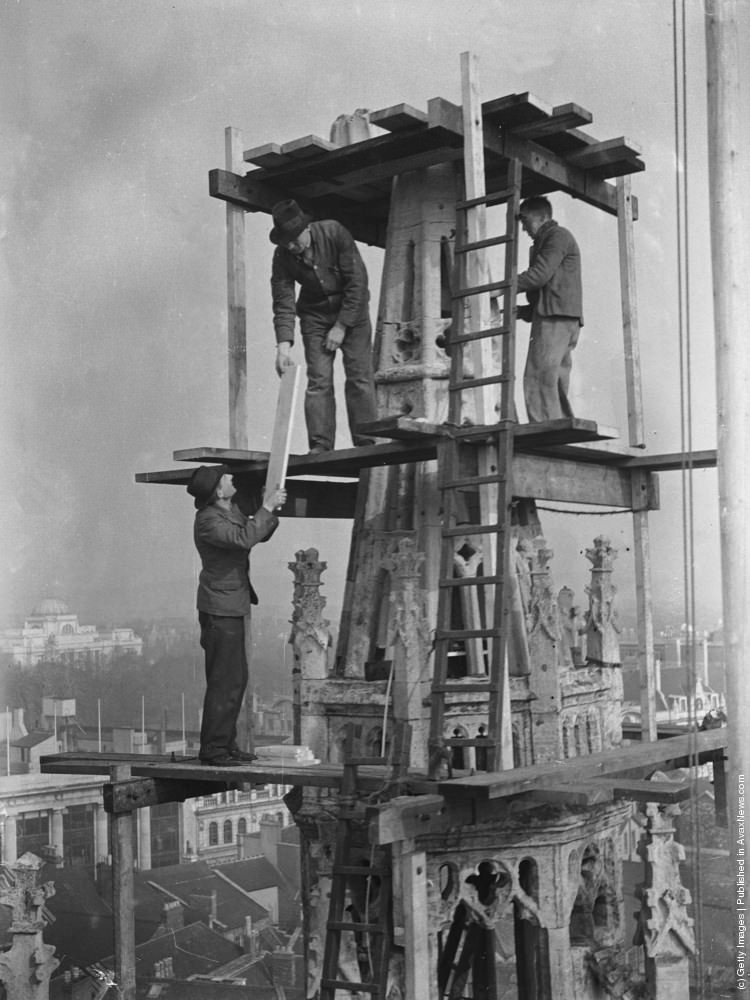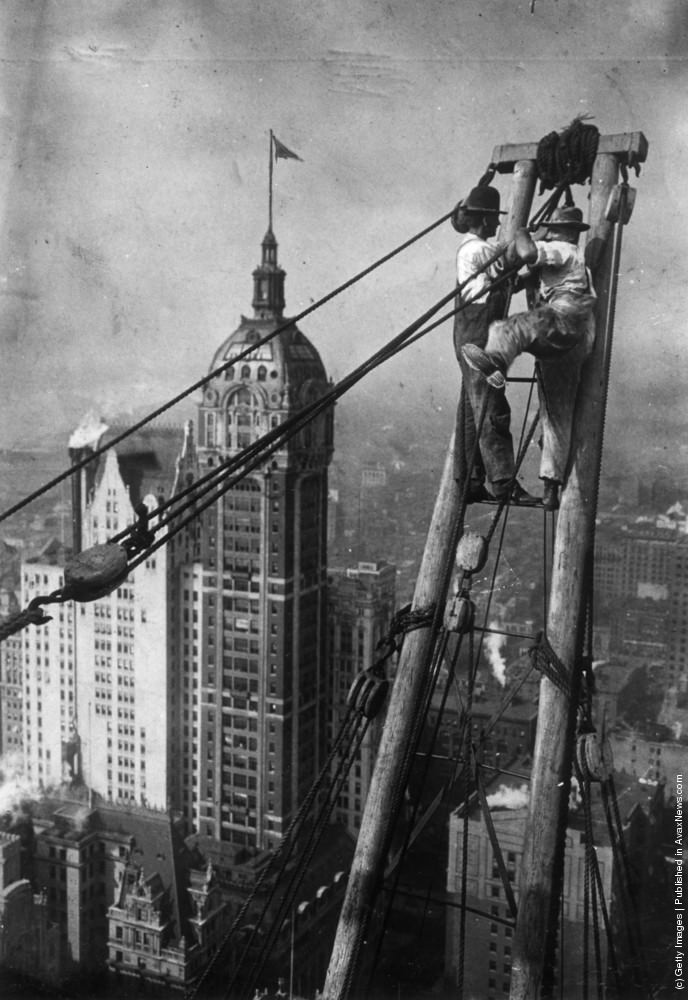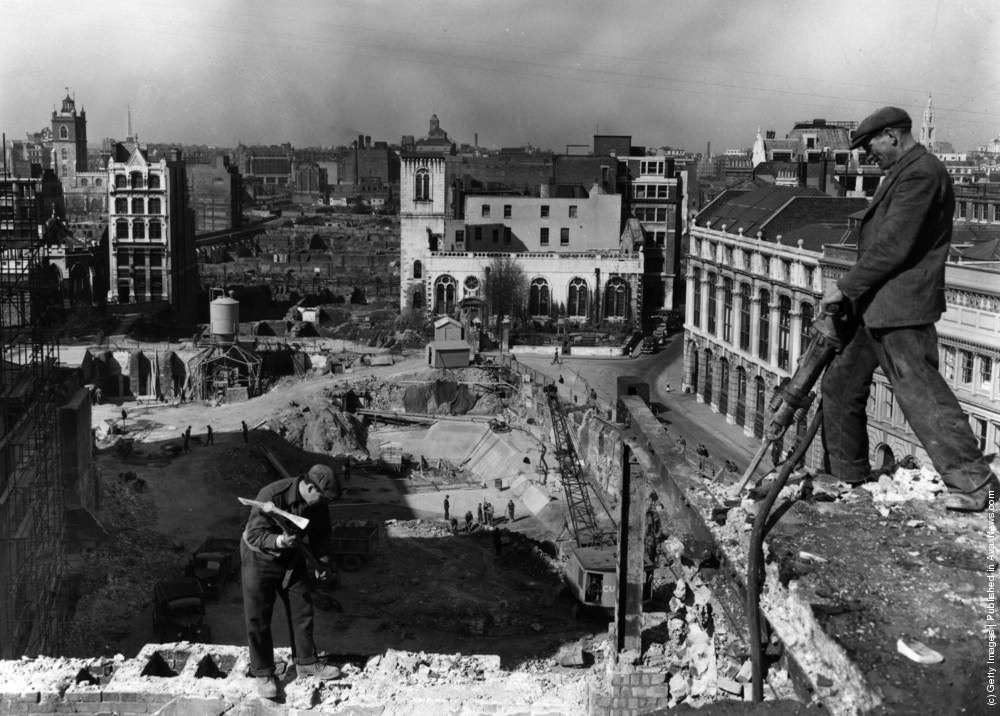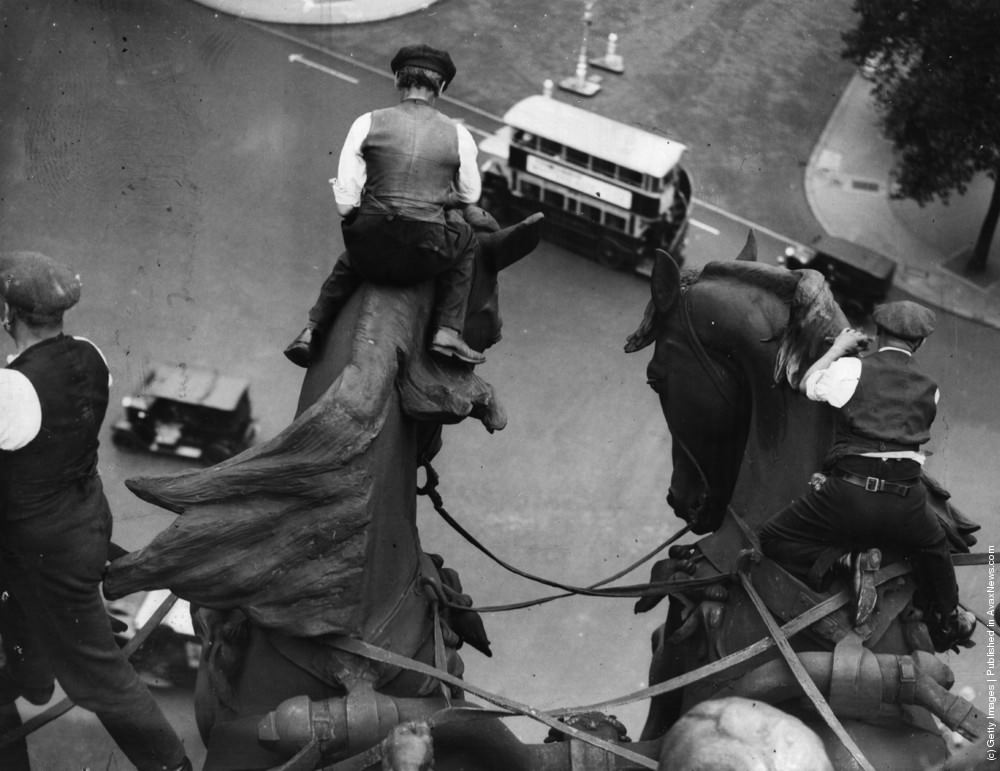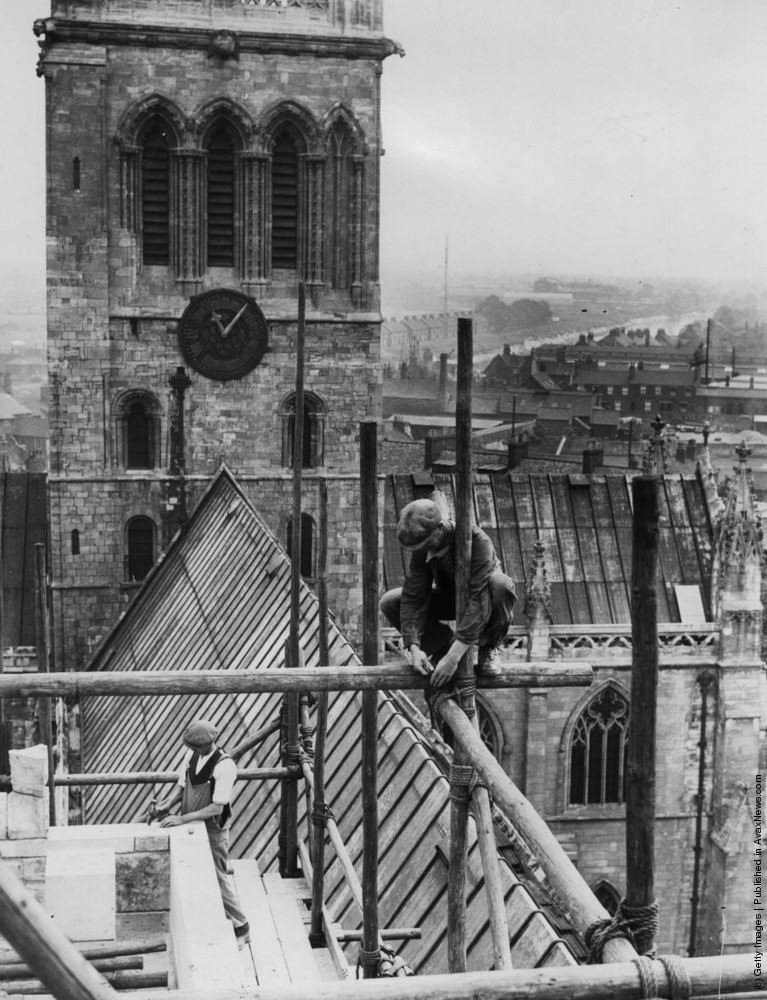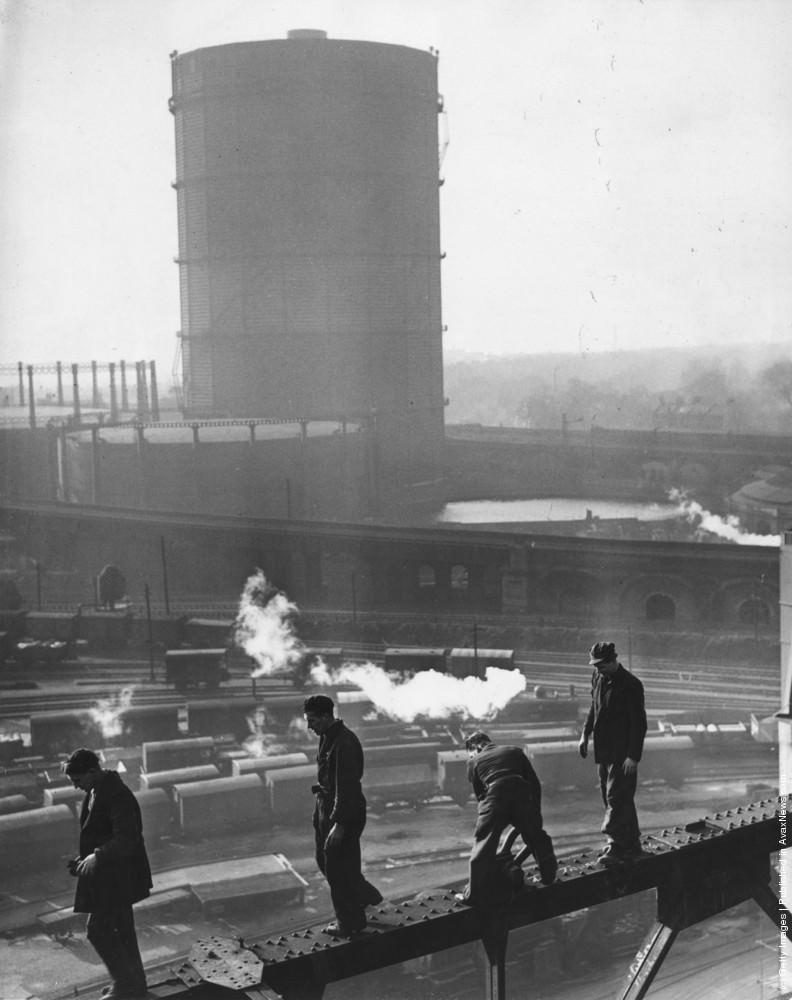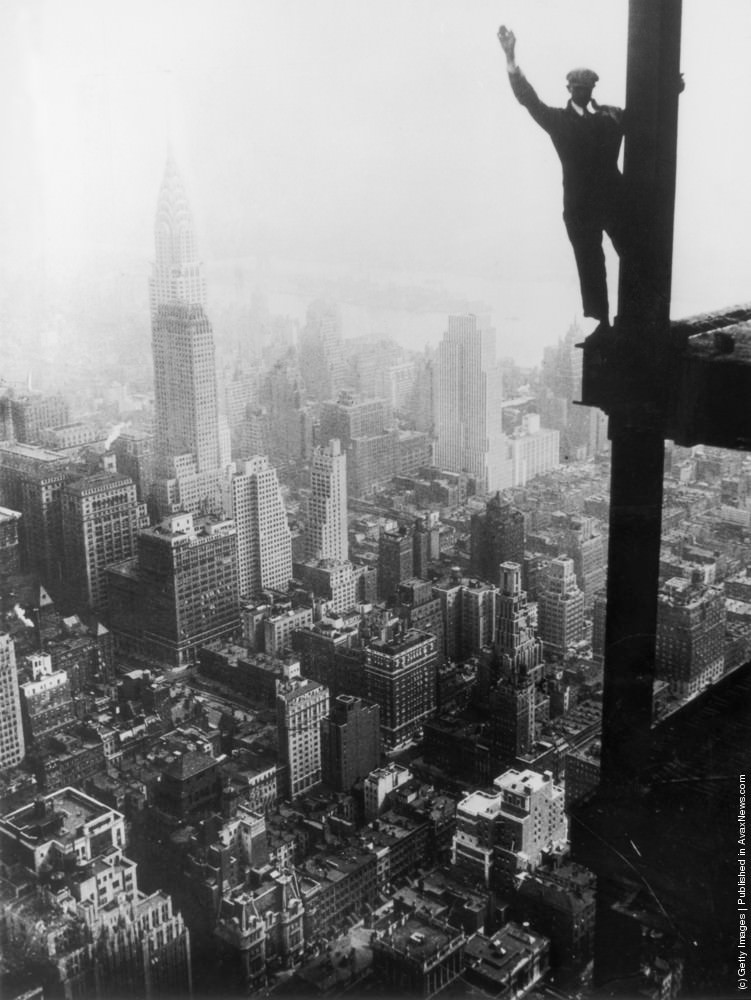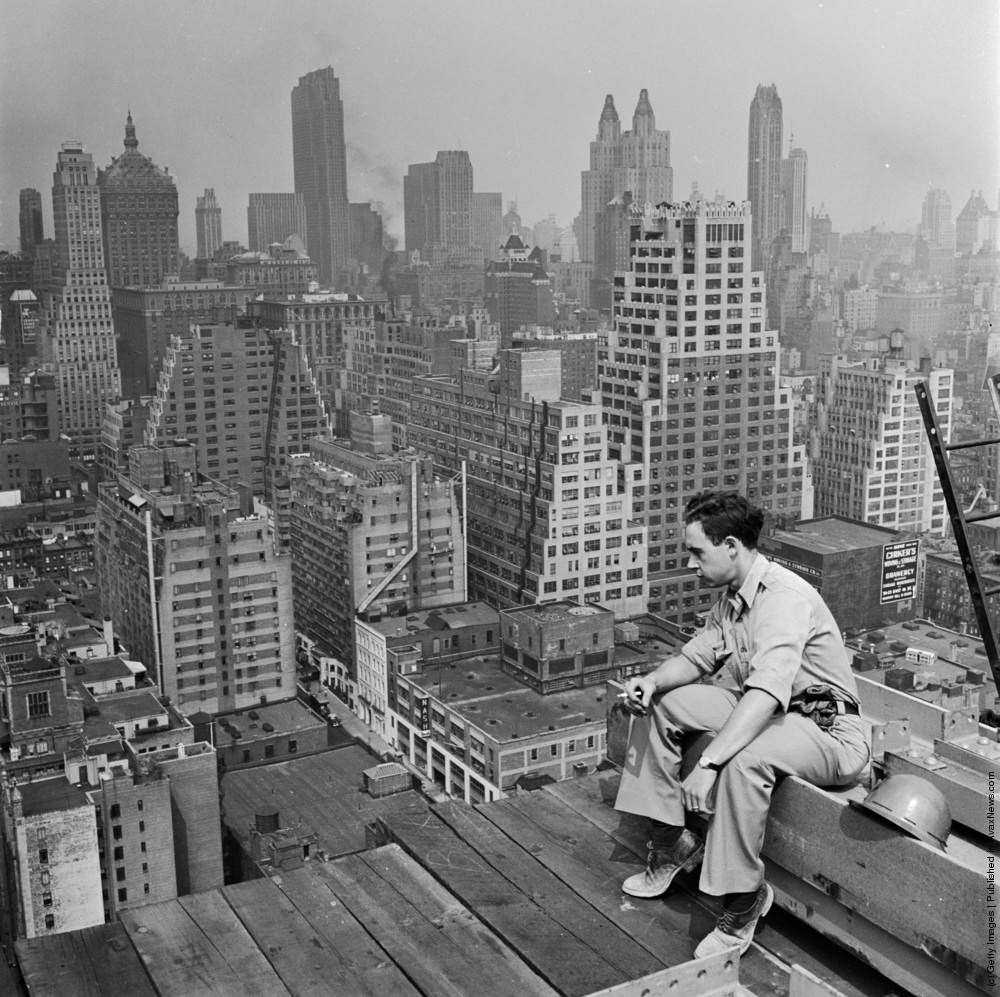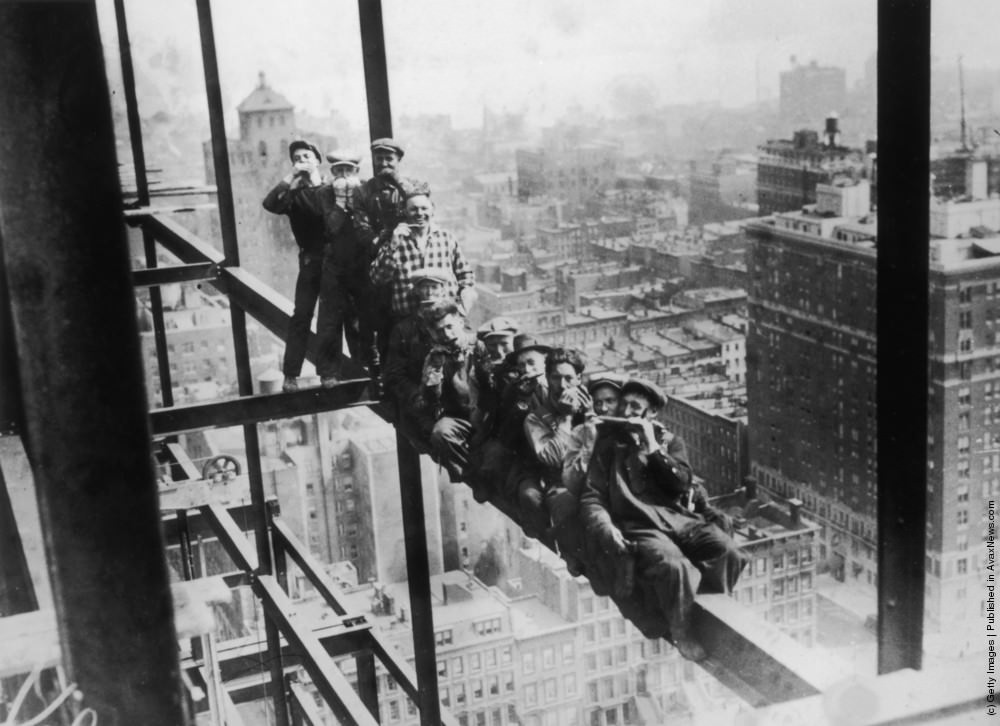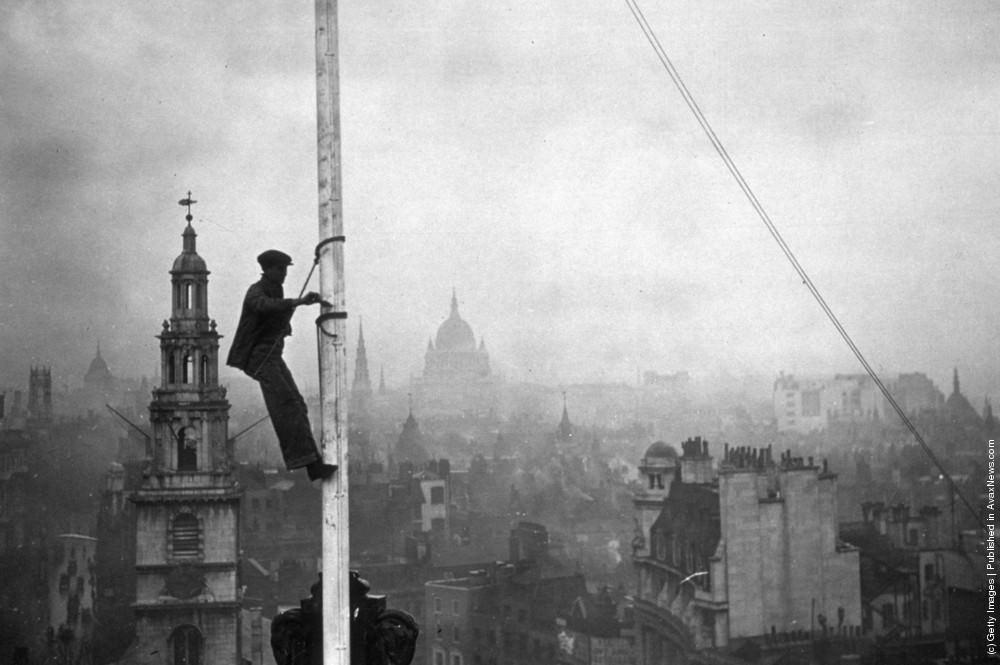Looking at old photographs can sometimes reveal scenes that feel startling or even terrifying when viewed from today’s perspective. A particular type of vintage photo that often causes this reaction shows people high up in the air, doing things that seem incredibly dangerous. These pictures from the past are often described as death-defying, and simply looking at them can make you feel uneasy.
These striking photos were usually taken on tall structures under construction or maintenance. Common settings include the skeleton of skyscrapers rising high above city streets, towering bridges spanning wide rivers or chasms, or tall radio masts reaching into the sky. The sheer height depicted is a major reason these images are so impactful. The ground is often hundreds or even thousands of feet below, a dizzying drop that immediately grabs your attention.
The people in these photos are typically workers. They were the builders, the engineers, the ironworkers, and others whose jobs required them to work at extreme elevations. Their work involved constructing, assembling, or maintaining these enormous structures piece by piece. These were undeniably scary jobs, demanding significant courage, balance, and a tolerance for heights that most people do not possess. The photos capture slices of their workday high above the world below.
Read more
One of the main reasons these photos feel so terrifying today is the clear lack of modern safety equipment that would be standard on such jobs now. You often see workers standing, walking, or sitting on narrow steel beams with no safety harness attached. There are no visible lifelines or safety nets stretched out below them to catch a fall. People move with what appears to be casual confidence across incredibly dangerous spans, relying only on their own skill and balance.
Many of these photos show the workers simply doing their jobs despite the extreme height and risk. They are seen bolting beams together, guiding steel into place, carrying tools, or climbing ladders attached to the structure. In these moments, they are performing the necessary tasks of their vertigo-inducing jobs. Their focus seems to be entirely on the work at hand, making the danger seem almost routine to them, which is unsettling to a modern viewer.


